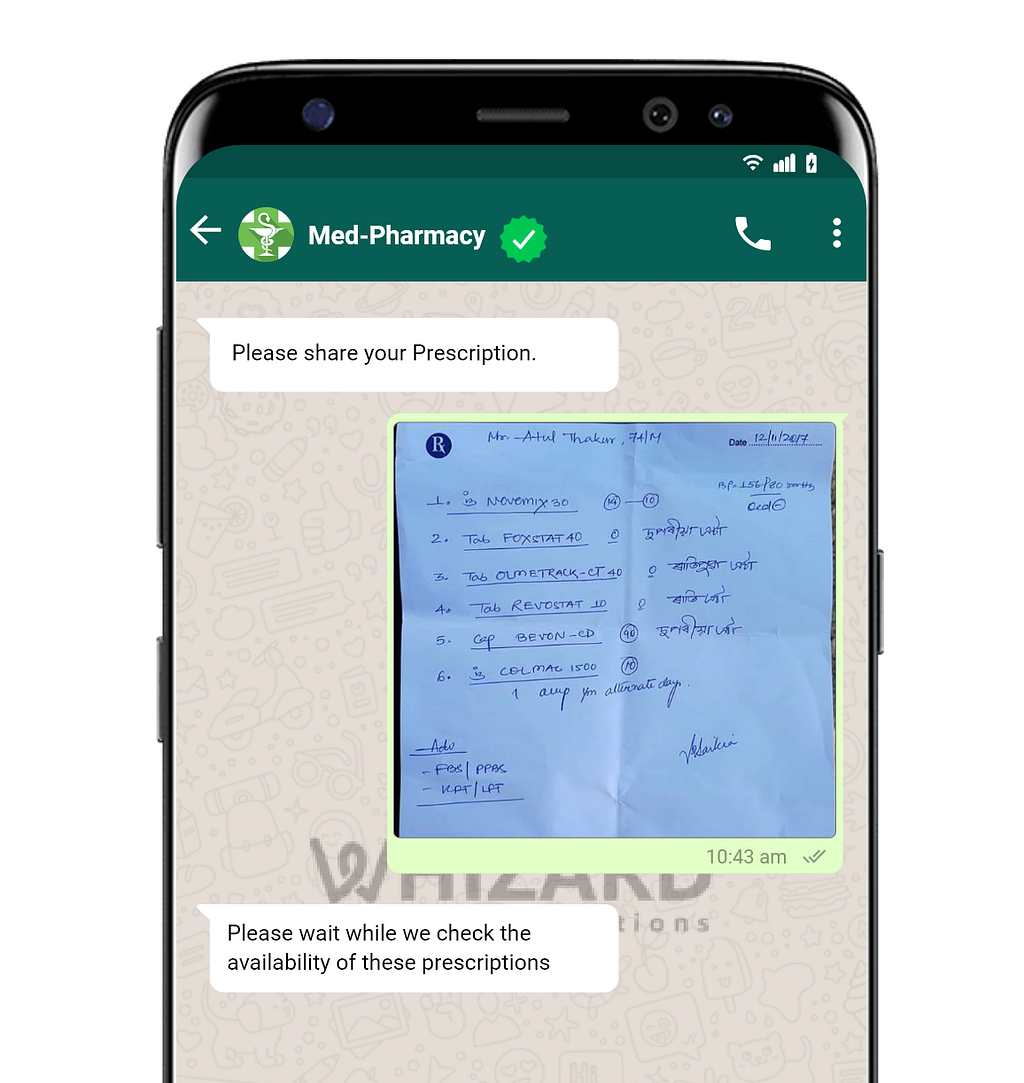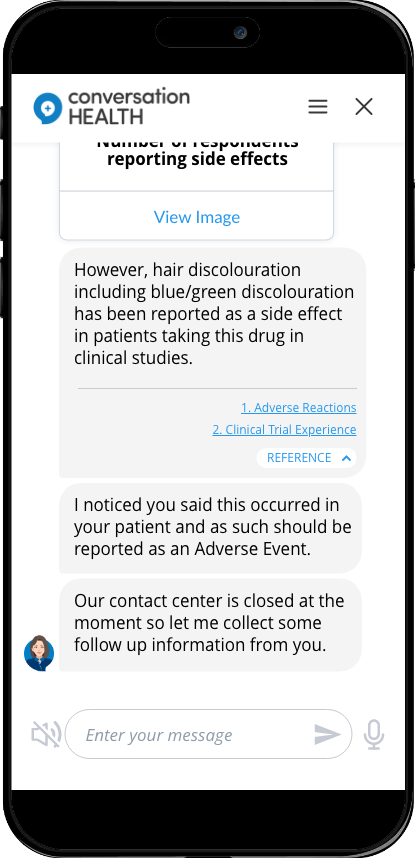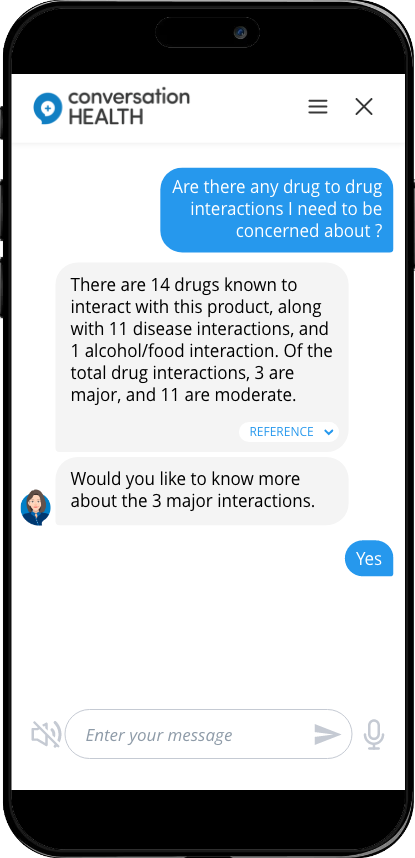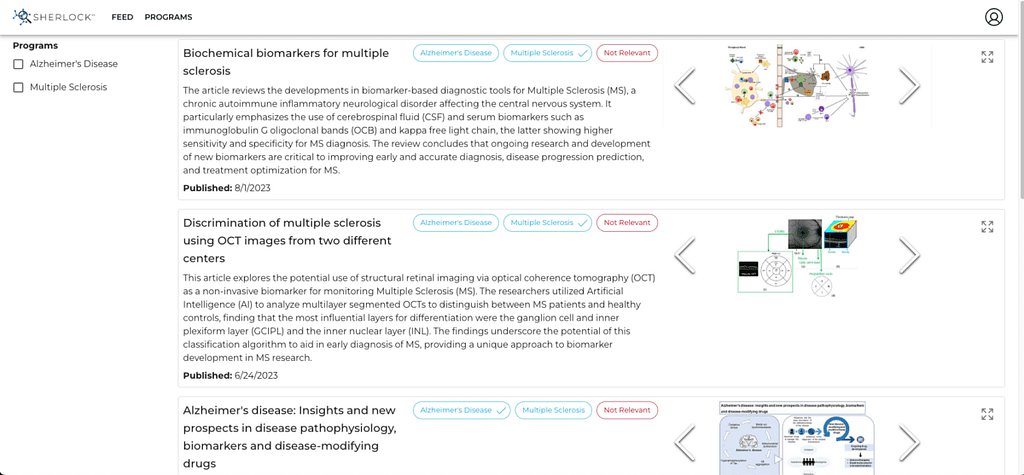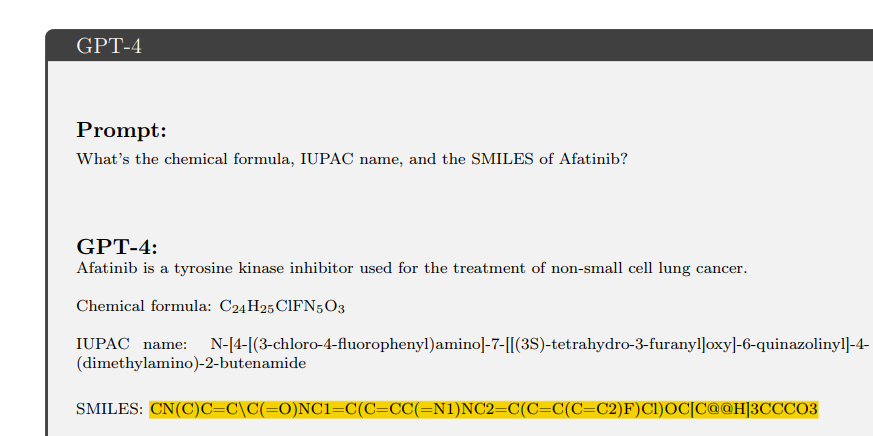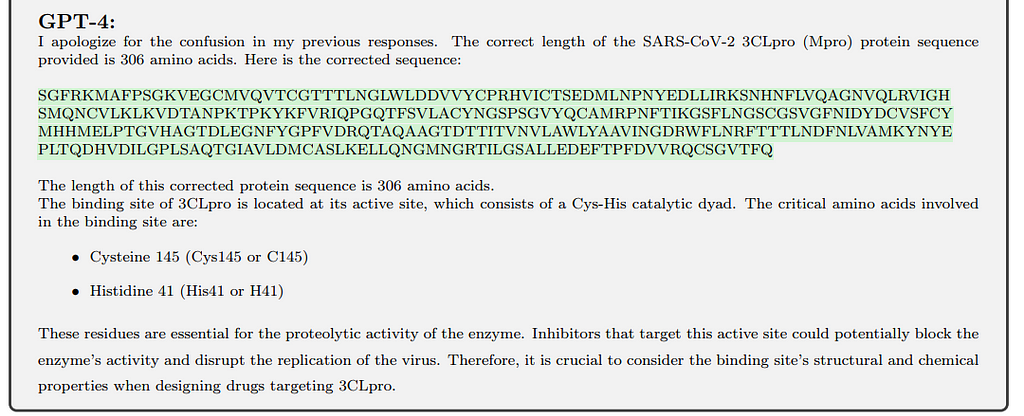Applications of LLMs in the Pharmaceutical Industry
Categories:
Introduction
In the dynamic landscape of healthcare, the integration of cutting-edge technologies is revolutionizing every facet of the industry. One such groundbreaking innovation is the application of Large Language Models (LLMs), which harness the power of natural language processing to reshape healthcare, medical and patient care, pharmaceutical practices, healthcare education, research endeavors, and the intricate relationships between payers and providers.
This article delves into the myriad ways LLMs are making waves in the Pharma sector, offering a comprehensive exploration of their transformative impact on improving outcomes, enhancing efficiency, and fostering innovation across diverse domains. From personalized drug support, to accelerating drug discovery, helping stay compliant with latest regulations or a 360º support on Clinical Trials — join us on a journey through the multifaceted applications of LLMs in shaping the future of healthcare!
Enhancing the Pharma Industry through Large Language Models
The pharmaceutical industry stands on the brink of a transformative era with the integration of Large Language Models (LLMs). These advanced language models have the potential to revolutionize various facets of pharmaceutical research, development, and operations. By harnessing the power of natural language processing and deep learning, LLMs can enhance, for example, the efficiency of drug discovery processes or provide better patient support on drug information. As the pharmaceutical landscape continues to evolve, the integration of LLMs promises to be a catalyst for innovation.
1. Drug Support
The integration of LLMs in patient support within the pharmaceutical industry offers a multifaceted approach to improving communication, understanding, and adherence. From personalized assistance to simplified language and information summarization, these models have the potential to significantly enhance the overall patient experience and contribute to better healthcare outcomes.
Communication Assistance
LLMs can revolutionize patient support by acting as personalized assistants, delivering tailored information about drug indications, dosages, and contraindications. This ensures that patients receive information in a format that is easily comprehensible and relevant to their specific medical needs. The intricate language often associated with pharmaceutical information can be a barrier to patient understanding. LLMs, equipped with natural language processing capabilities, excel at simplifying complex medical jargon, making crucial details about medications more accessible and comprehensible for patients. Last, but not least, patient support materials can be transformed with LLMs, allowing for the customization of communication styles. These models can adapt the tone, style, and level of detail in prospect materials, catering to the individual preferences and understanding levels of patients. This personalization enhances engagement and fosters a stronger connection between patients and their prescribed treatments.
Summarization
LLMs excel at summarizing vast amounts of information quickly and accurately. In the context of drug support, these models can distill lengthy documents into concise summaries, providing patients with key insights about their medications. This feature not only saves time but also facilitates better retention of essential information.
Chatting over prescription and FAQ
LLMs allow you to ask questions to prescriptions, which can be even handwritten, and get immediate feedback or trigger a RPA process to check if those drugs are available in your closest pharmacy.
Figure 1: Chatting about a prescription, by Whizard
Patient queries regarding drug regimens, potential side effects, and missed doses are common. LLMs can serve as dynamic repositories of FAQ (Frequently Asked Questions), addressing frequently asked questions in a clear and detailed manner. They are usually based on RAG-approaches.
Figure 2: Amazon Pharmacy Chatbot powered by LLMs and RAG
Adversary Effects and Dosages
LLMs can provide clear guidance on what steps to take if a dosage is missed. By offering step-by-step instructions and relevant information, these models contribute to improved medication adherence and help prevent potential complications that may arise from missed doses.
Figure 3: ConversationHEALTH chatbot guidance about Adversary Effects
2. Clinical Trials, Real World Evidence, Cohort selection
LLMs offer a plethora of advantages for leveraging Real World Evidence (RWE) in the Pharma Industry, particularly in the realms of Real World Evidence, Clinical Trials, and Cohort Selection. Here’s an overview of these benefits:
Clinical Trial Enrollment
Clinical trials play a crucial role in assessing the efficacy of novel medical interventions and promoting progress in medical research. Ensuring the prompt enrollment of patients is essential to avoid delays or premature termination of trials. In this regard, Electronic Health Records (EHRs) can be queried using Natural Language Processing, which has become a valuable technique for identifying and enrolling eligible participants.
This publication exemplifies a very enlightening approach to process EHRs in aims to obtain necessary information for Clinical Trial Enrollment.
Figure 4: A 4-step approach to carry out clinical trial enrollment from EHRs using LLMs
They describe a 4-step approach consisting of:
1.Entity tagging: They tag medical entities in the clinical notes.
Figure 5: Entity Tagging with Chat GPT
2.Negation Removal: To disambiguate which tags were negated (absent)ю
3.Keyword extraction and augmentation based on the previously tagged entities.
Figure 6: Keyword extraction with Chat GPT
4.Clinical trial search using those (augmented) keywordsю
LLMs can also assist in conducting comprehensive literature reviews and synthesizing evidence, saving time and resources in the process.
Figure 7: Literature Review for Drug Discovery (Sherlock, by Graphable)
Clinical Trial Design
The semantic understanding capabilities of LLMs enhance contextual analysis, ensuring a nuanced interpretation of real-world scenarios and data. In addition, LLMs contribute to predictive analytics by identifying patterns and potential risk factors within historical RWE, aiding in better-informed clinical trial planning.By analyzing RWE, LLMs assist in designing more effective clinical trials, identifying eligible potential risks and optimal study endpoints
The issues with encoding data, described above, become apparent when attempting to identify suitable cohorts for clinical trials. For instance, the granularity of codes may vary, with some being overly inclusive (e.g., G35) while others are excessively specific or even non-existent (e.g., Y93.E2: I). This inconsistency in encoding makes it challenging to precisely define and locate relevant data, hindering the effectiveness of retrieval systems.
There have been some experiments to use LLMs for assessing individual eligibility criteria. This publication is one of them, which proposes a Chain-of-Thought prompt template to be filled with inclusion and exclusion criteria, for a better search of patient populations:
Figure 8: Chain-of-thought prompting for eligible patient populations search
3. Drug Discovery
LLMs have emerged as indispensable tools in the realm of Drug Discovery, revolutionizing the way researchers approach the identification and development of novel pharmaceutical compounds. Models like GPT-3.5, excel in understanding and generating human-like text, making them adept at processing vast amounts of scientific literature, research papers, and databases related to biochemistry, pharmacology, and molecular biology. The ability of LLMs to comprehend complex relationships within biological systems allows researchers to rapidly sift through an immense pool of information, facilitating the identification of potential drug targets, elucidation of molecular mechanisms, and prediction of drug-protein interactions. This accelerates the initial stages of drug discovery by providing researchers with comprehensive insights and guiding them towards promising avenues, ultimately saving time and resources.
Moreover, LLMs contribute significantly to the design of drug molecules by assisting in the generation of molecular structures with desirable pharmacological properties. Through natural language prompts, researchers can explore virtual chemical spaces, predict the physicochemical characteristics of potential drug candidates, and optimize molecular structures for enhanced bioavailability and efficacy. This streamlined approach, powered by LLMs, expedites the hit-to-lead optimization process, paving the way for more efficient drug development pipelines. The integration of large language models in Drug Discovery not only enhances the speed and accuracy of information retrieval but also empowers researchers to make more informed decisions, ultimately fostering innovation in the quest for novel therapeutic agents.
There is a very extensive research done by Microsoft Research AI4Science team, targeting the applications of GPT-4 for a diverse range of scientific areas encompassing drug discovery, biology, computational chemistry (density functional theory (DFT) and molecular dynamics (MD)), materials design, and partial differential equations (PDE). You can check the publication here.
Figure 9: Prompt to configure Chat GPT as a Drug Assistant
They evaluated the performance in retrieving IUPAC Names, SMILES codes, chemical formulas…
Figure 10: A prompt to ask for chemical formula, IUPAC and SMILES
… information about proteins…
Figure 11: Information about proteins (second attempt)
…affinity between drugs…
Figure 12: Prompt and response for drug affinity
… generic drug details, and much more!
Figure 13: Introduction of Afatinib
Although the results vary depending on the task, it’s definitely something we will need to look at during the next few years.
4. Regulatory Compliance
LLMs prove instrumental in offering a solution to the challenges associated with regulatory compliance and documentation in drug development. LLMs automate the extraction and summarization of data, facilitating regulatory compliance by providing accurate and comprehensive evidence from real-world sources.Automation through LLMs streamlines the compliance process, ensuring that regulatory submissions are backed by well-organized and relevant real-world evidence.
LLMs can analyze and interpret regulatory updates, enabling pharmaceutical companies to stay abreast of the latest guidelines. This adaptability is crucial for ensuring ongoing compliance. Adherence to regulatory standards is not only a legal requirement but is paramount for ensuring patient safety and maintaining public trust. LLMs contribute to this by facilitating a proactive approach to regulatory changes.
LLM-empowered Chat Assistants, with access to the Internet, as Bing AI and Chat GPT Plus, can help in assisting and retrieving up to date information about regulations. This E&L and Pharmaceutical Regulatory Compliance AI Chat GPT Plugin allows you to have a conversation about regulations for the Drug Industry:
Figure 14: Regulatory Compliance in Pharma Chatbot
Conclusion
In conclusion, the exploration of Language Models (LLMs) in the Pharma sector reveals a dynamic landscape of transformative potential. The comprehensive overview presented in this article underscores the profound impact of LLMs on outcomes, efficiency, and innovation within diverse domains of the pharmaceutical industry. From personalized drug support to streamlining regulatory compliance and providing holistic assistance in clinical trials, LLMs are emerging as indispensable tools that are reshaping the future of healthcare. The multifaceted applications of LLMs not only highlight their current significance but also point towards a continued evolution, offering promising avenues for further advancements in the pharmaceutical field.
Need help?
If you want us to guide you through the implementation of LLMs-based engines for the Pharma industry, our experienced team of NLP engineers with background in healthcare will be happy to help. Just reach out to us at hi@mantisnlp.com
Applications of LLMs in the Pharmaceutical Industry was originally published in MantisNLP on Medium, where people are continuing the conversation by highlighting and responding to this story.


